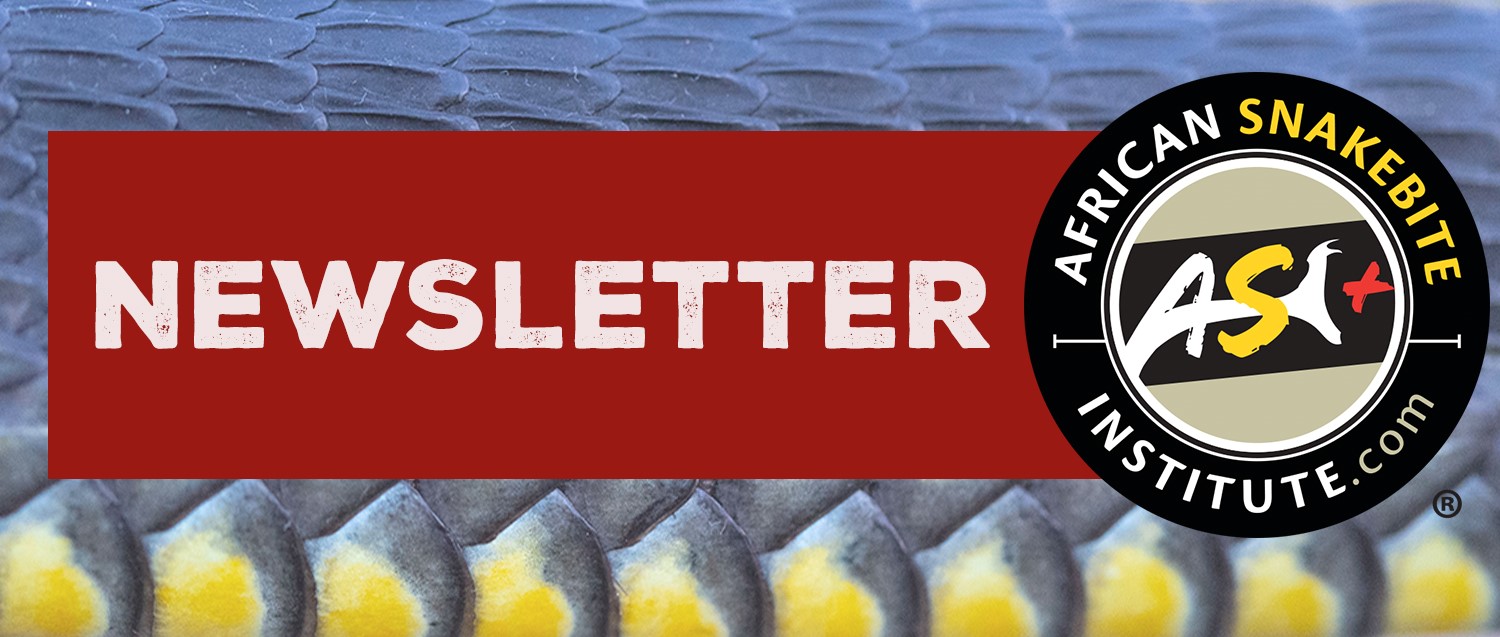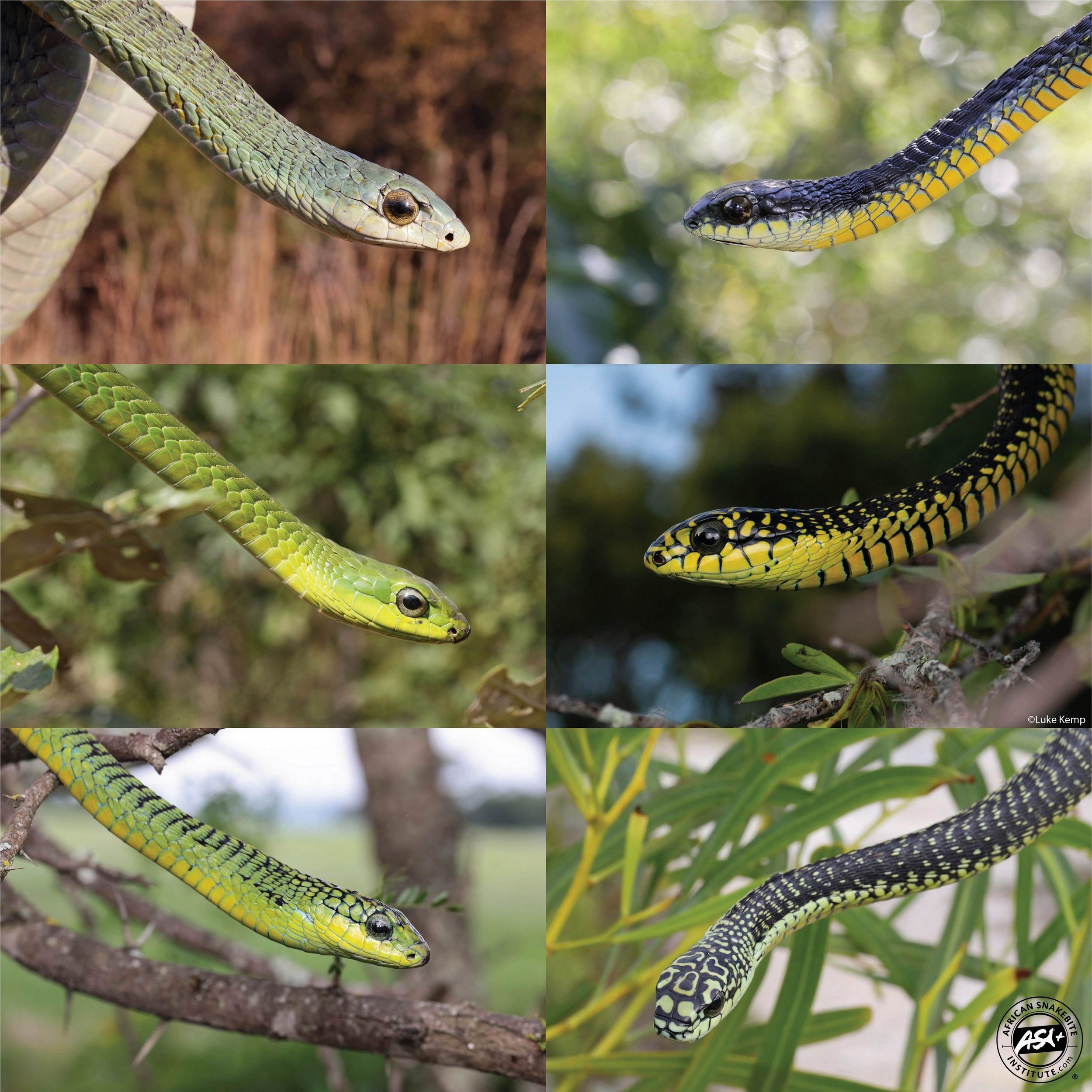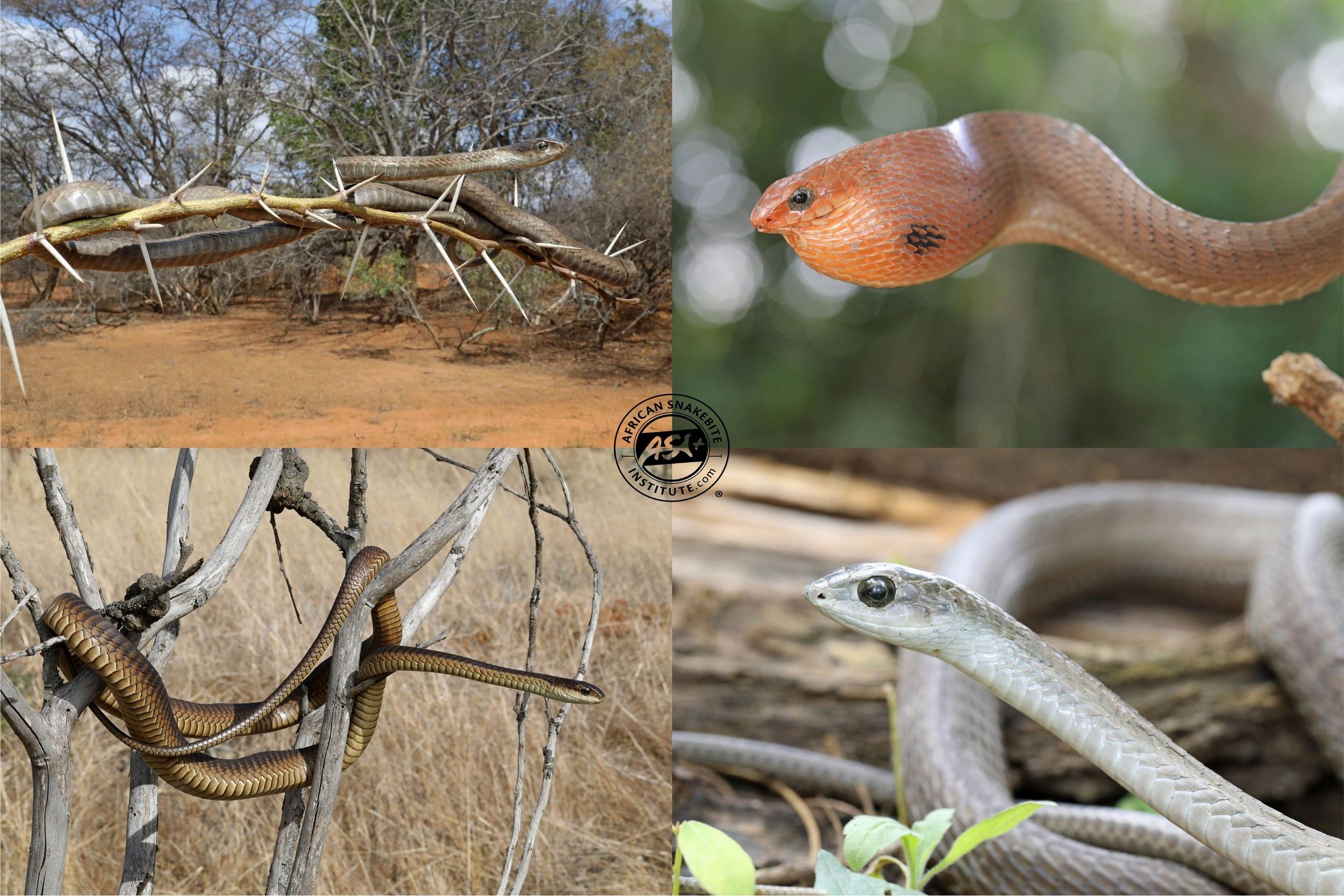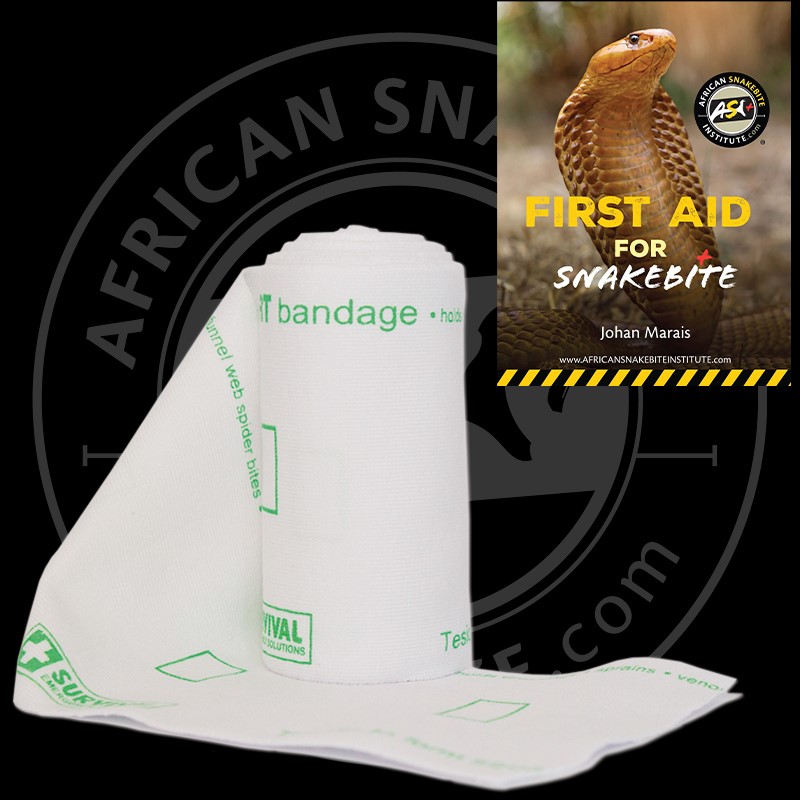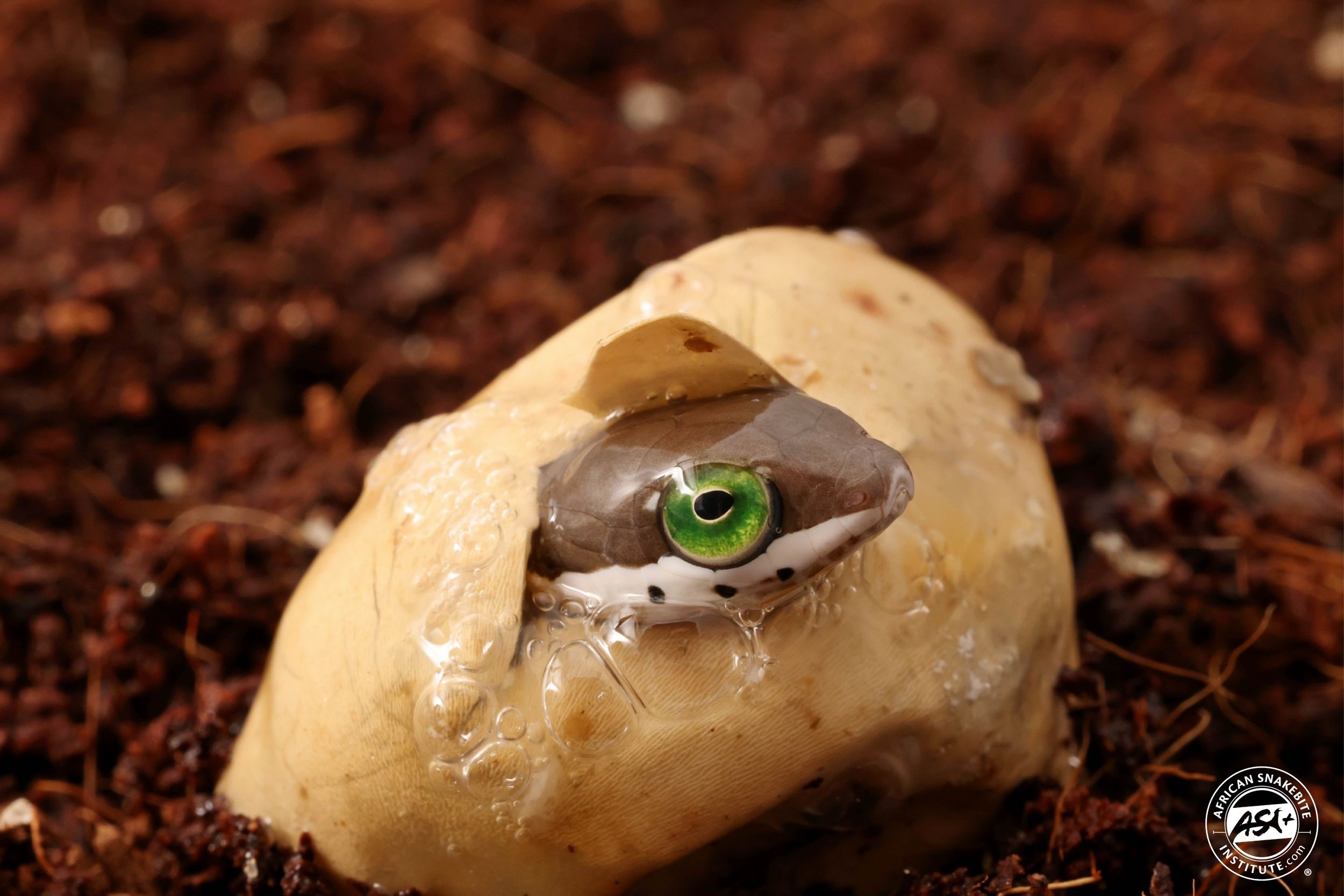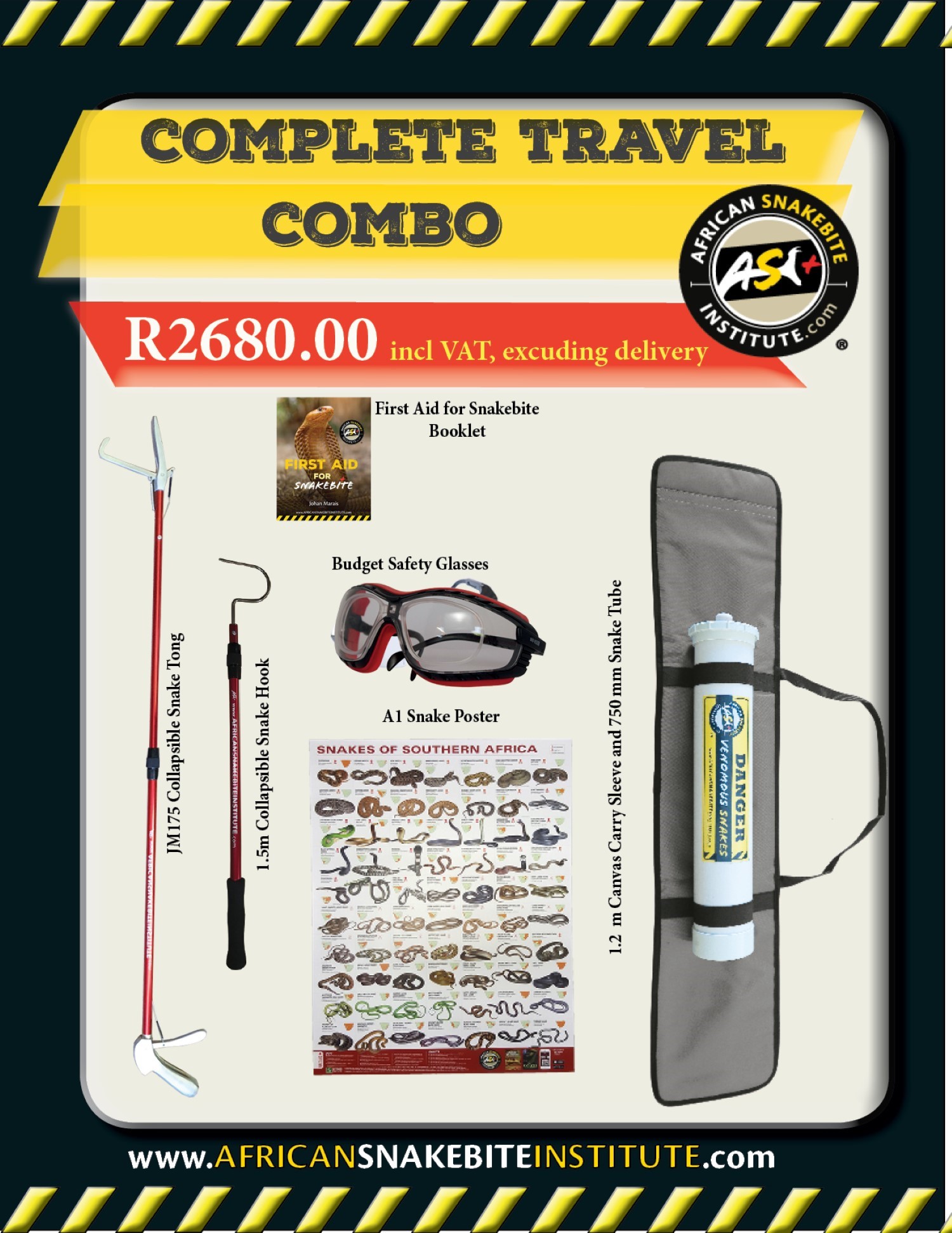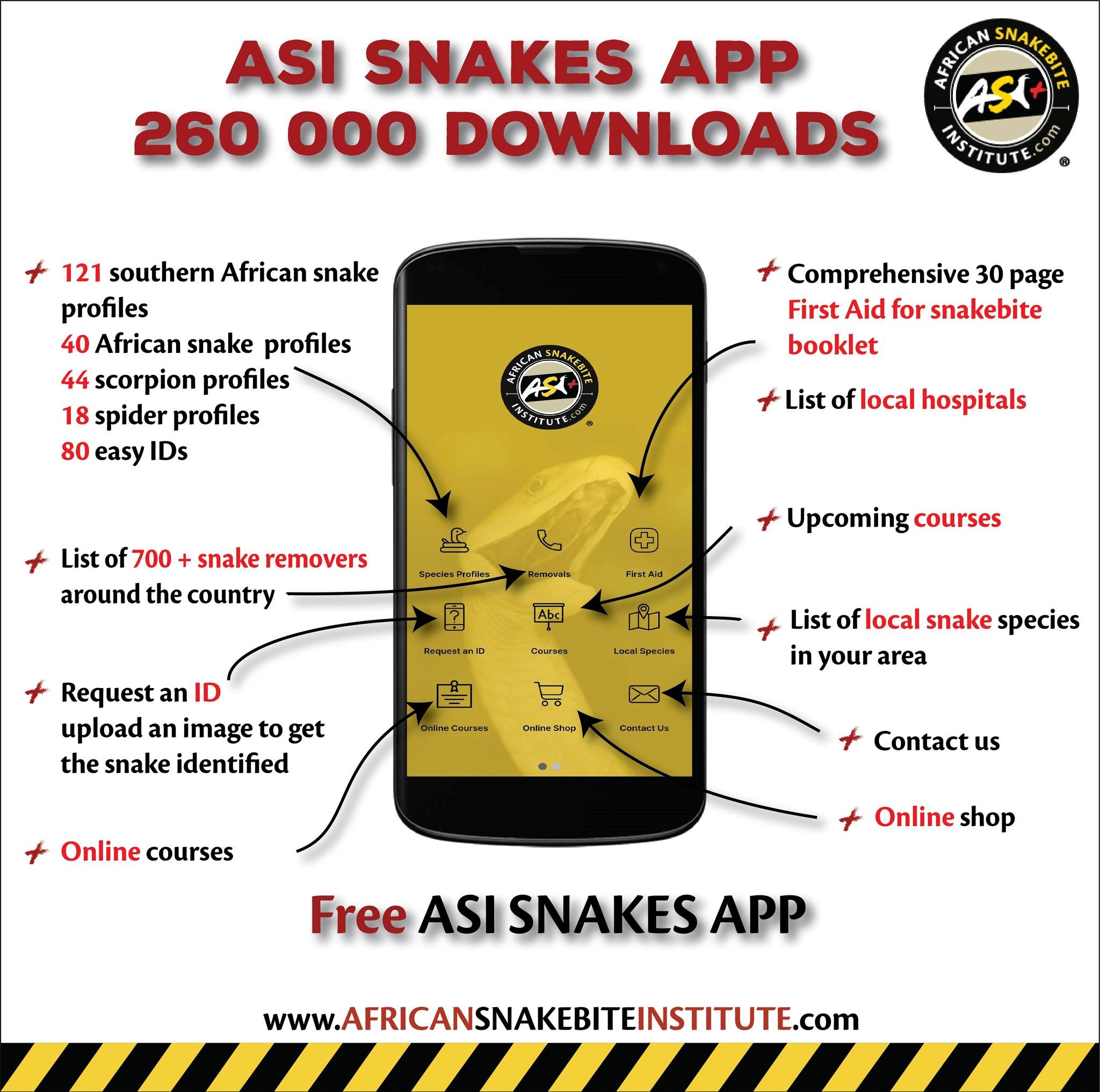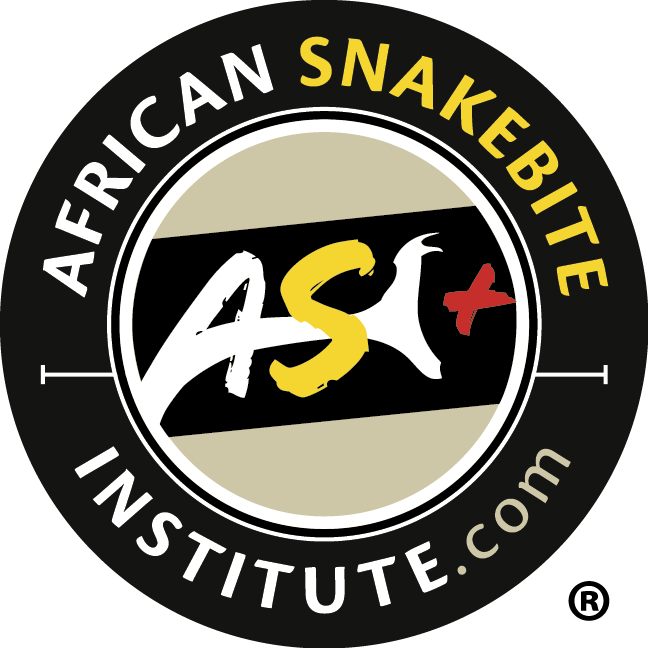Boomslang (Dispholidus typus) are a large and often common snake across much of southern Africa. They prefer savanna woodlands as well as fynbos and are largely absent from grasslands, high elevation mountains, the dry Karoo and Namaqualand scrub as well as deserts. These snakes feed on a variety of lizards, frogs and baby birds and have been recorded eating smaller snakes. Boomslang average around 1-1.5 meters in length with the maximum length recorded at 2.1 meters.


